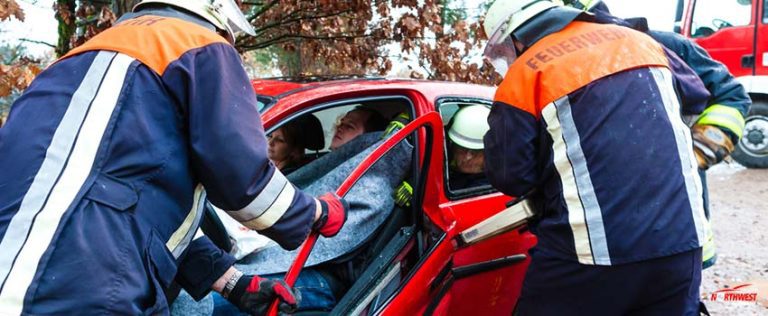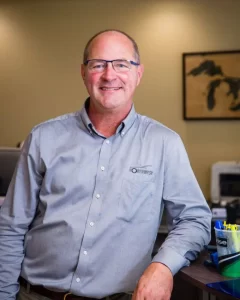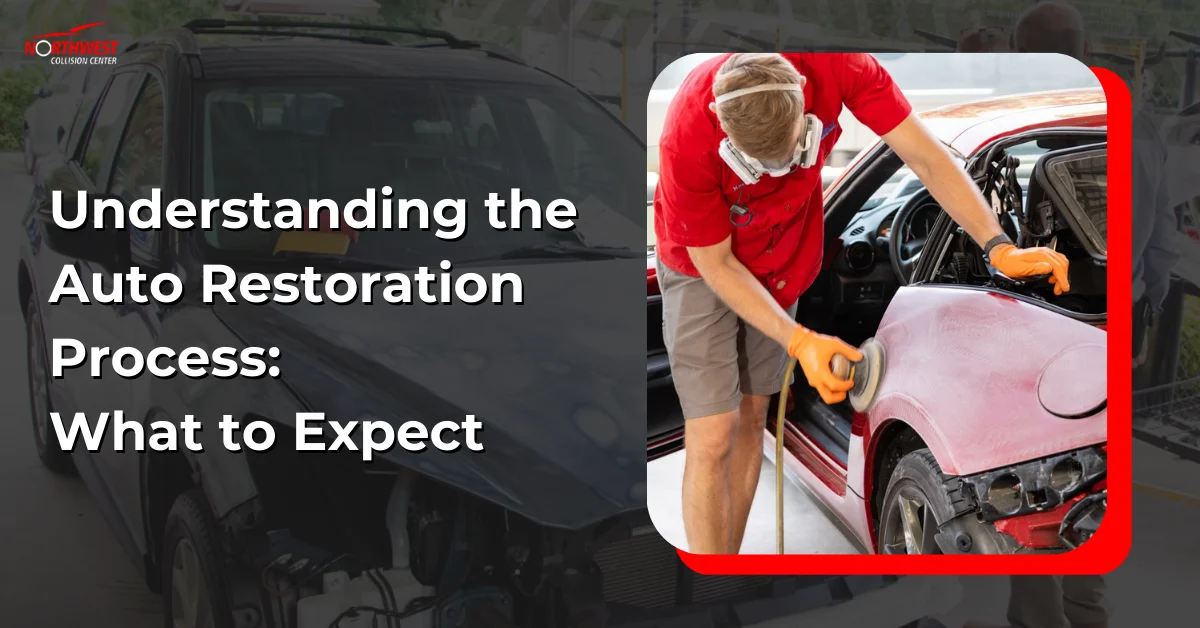Sammy Hagar’s “I Can’t Drive 55” pretty much encapsulates the thrill of having tremendous power at his fingertips and the frustration of not being allowed to use it. For Hagar, like so many Americans, the need for speed translates into a sense of freedom and devil-may-care rebelliousness, representing that part of American culture we all come to admire in many Hollywood films.
At any one time, there are millions of cars being driven fast the length and breadth of America. And therein lies the problem. With millions of cars traveling on American roads at once, accidents are inevitable, and when they do, that’s when you need the information presented here.
This easy-to-read and informative article provides you with details about what to do if you are involved in a car crash and can potentially save you from significant legal problems and spending substantial amounts of money. Then, to add icing on the cake, the article provides valuable information about car repair centers.
The Numbers Don’t Lie
Unfortunately, with over 286 million registered vehicles in America, the likelihood of a car accident when out driving has increased dramatically. Experts calculate that there are over 5 million car crashes annually, and there is a 1 in 366 chance of having an accident for every 1,000 miles driven. Even in 2020, with the onset of Covid and less crowded streets, it is estimated there were over 5 million car crashes or one car crash somewhere in mainland America every six minutes.
Then, if you want to get an even more realistic idea of the number of car accidents, just look at the size of the auto repair industry. For example, analysts estimate that in 2022, car repair centers will generate over $78 billion in revenue in the US alone.
Let these numbers sink in for a bit, and then…
Let’s Get Down to the Nitty-Gritty
Now that we have established that a collision of some sort is virtually inevitable at least once for all drivers, let’s get down to the nitty-gritty and find out what you should do if involved in a car accident.
Since car accidents occur with such regularity, it is only logical to assume there is a series of steps that car crash victims should follow. Indeed, this is undoubtedly the case, and when followed, these precautionary steps may well prevent the problem from becoming even more significant than it already is.
Step # 1: Don’t leave the accident scene.
When a car accident happens, stay put and do not leave the scene until driver’s license details have been exchanged. If the police are attending, do not leave the accident scene until the attending officers permit you to do so. It may be tempting to leave and avoid the rigmarole, but doing so can be construed as assuming guilt, and you may even be subject to hit-and-run charges.
Step # 2 Check for physical injuries.
The World Health Organization (WHO) estimates that road traffic accidents account for 1.3 million fatalities annually, and independent analysts estimate that 2.35 million people across America are injured in car crashes yearly. These numbers highlight the importance of step number 2, which is to check for physical injuries.
If any car crash victims have sustained physical injuries, it is recommended to call 911 immediately. If you are unsure if the call is necessary, err on the side of caution and make the call anyway. Erring on the side of caution also applies if you decide to provide medical assistance. Simply put, know your limitations and do not provide medical assistance beyond your training unless it is a life-or-death situation and there are no other options.
As a general rule, avoid moving injured people unless there is no other option. Always remember paramedics and other emergency crews have specialized emergency training, and your well-meant intentions may have detrimental effects.
Step # 3: Call the cops.
After a car accident where nobody appears injured, you may be tempted not to involve the police. This would be a mistake! Even though a car crash may seem comparatively minor, you will be faced with numerous factors to consider, which will invariably mean police involvement.
For example, there is the question of fault, financial arrangements, keeping the peace as tempers flare, and insurance payments. If the drivers involved in the accident cannot settle things on the spot, legal proceedings will follow, and a police report will be required. When a police officer attends the accident scene, getting the officer’s name and badge number is always a good, prudent step.
Step # 4: Move the cars.
If the accident is comparatively minor and no serious injuries have occurred among the car crash victims, you should attempt moving the cars to the side of the road. Moving the cars will ensure they do not disrupt the traffic flow, lessening the chances of one accident causing other accidents. Lastly, moving the cars makes it easier for first responders and emergency service personnel to reach the accident scene.
Step # 5: Exchange the necessary information.
After getting in a car accident, it is necessary for all parties involved to exchange the necessary information. This will include getting the names, contact details, driver’s license numbers, and insurance details of other people involved in the accident.
Other prudent actions include:
- Getting the names of all other parties’ insurance companies.
- Getting any witness’ details.
- Collecting online details.
- Taking a picture of the other parties’ insurance details and relevant information.
Step # 6: Gather all available evidence.
Even if it’s only a minor accident, gathering as much evidence as possible is always a good idea. This will include taking pictures of:
- The make, model, and year of all vehicles involved in the accident
- Any relevant insurance documents
- The license plate number of all cars involved in the accident
- Any identifying marks or characteristics. For example, pictures of bumper stickers or distinctive dents
- The crash site and the surrounding area, with particular emphasis on any street signage
- The crash site from different angles, as you never know what might be useful if proceedings end up in court
- The damage incurred by all parties. Take pictures of any tell-tale signs, such as skid marks or bald tires.
- The driver’s license of all drivers involved in the accident
Other recommended steps include being careful what you say and do. Try not to incriminate yourself or give away any information that can be used against you. Put pen to paper or fingers on a keyboard, and write up your version of what happened. Ideally, this should be done immediately after the accident while events are still fresh in your mind. Lastly, contact your insurance company and offer them all the information you have gathered.
Key Takeaway
After reading this article, you will hopefully have a better idea of what to do if in a car accident. With so many cars on the road, accidents are bound to happen. Car accidents can be big or small, but no matter the size, there will almost always be legal angles to consider, especially when car crash victims have incurred physical injury due to the crash.
If you get into a car accident, there are well-established steps to protect yourself should the accident turn into a civil dispute and end up in court. Indeed, by following the steps outlined here, you may save yourself from excessive amounts of worry and stress and spending time and money.
Entrust your damaged car to the professionals.
Your car represents a substantial financial and, many times, emotional investment. As such, when it is damaged after a car accident, you want the best repair work possible, and that’s where Northwest Collision Center enters the picture.
Northwest Collision Center is a reliable auto body shop in St. Petersburg, FL, that offers the highest standard, professional car repairs conducted by qualified personnel at realistic prices. So, if your car is damaged in an accident and you want it repaired back to a pristine, good-as-new condition, contact Northwest Collision Center and entrust your damaged car to trustworthy and reasonably priced car repair experts.










